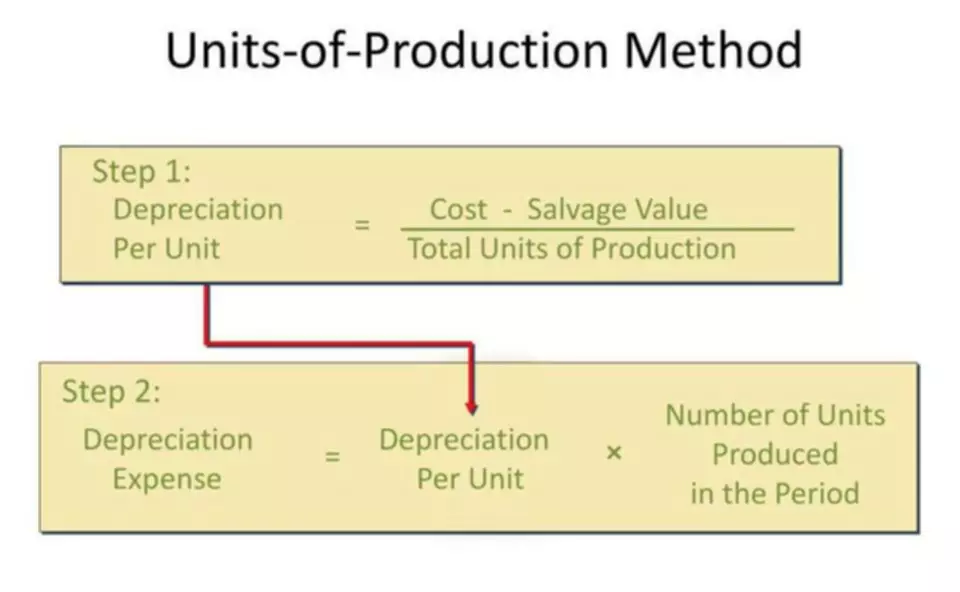
Another example of when a company might use job costing is if they create high-end, custom products. If a company is building custom furniture, they know the specific costs that went into each piece of furniture. work in process A firm accounts for the work in progress towards the end of the accounting period. The accounting of WIP helps a company to determine the value of inventory that is in the production process.
Reimagining Offices for Hybrid Work: Frameable.com CEO on the … – Allwork.Space
Reimagining Offices for Hybrid Work: Frameable.com CEO on the ….
Posted: Tue, 27 Dec 2022 19:49:24 GMT [source]
For some, work-in-process refers to products that move from raw materials to finished products in a short period. When combs are manufactured, plastic is moved into production as a raw material. Since the combs are only partially completed, all costs are posted to WIP. When the combs are completed, the costs are moved from WIP to finished goods, with both accounts being part of the inventory account.
Short Questions
A piece of inventory is classified as a WIP whenever it has been mixed with human labor but has not reached final goods status. WIP, along with other inventory accounts, can be determined by various accounting methods across different companies. This type of inventory management system can be costly since you’re making products as they run low instead of before, but it’s great for companies that have higher sales. This information is educational, and is not an offer to sell or a solicitation of an offer to buy any security. This information is not a recommendation to buy, hold, or sell an investment or financial product, or take any action. This information is neither individualized nor a research report, and must not serve as the basis for any investment decision. Before making decisions with legal, tax, or accounting effects, you should consult appropriate professionals.
- The work in process may sometime refer to a product that moves from raw materials to a finished product in a short time, such as manufacturing goods.
- These expenses cannot be moved elsewhere or re-invested to other departments within the manufacturing setup.
- Finished Goods InventoryFinished goods inventory refers to the final products acquired from the manufacturing process or through merchandise.
- On the other hand, the work in progress may refer to an asset that needs more time for completion, such as construction or consulting projects.
- ABC has five workers on its assembly line and they are each paid an annual salary of $40,000.
When you consider how each type of costing works, it’s easy to imagine what kinds of companies would use each type of costing. If you’re starting a company, you can quickly determine which type of costing to use depending on whether you provide custom goods and services or mass-produced products. A company will use process costing if it is producing a lot of a single product. To determine the cost https://www.bookstime.com/ of making one shirt, the company would take the total cost of fabric, the total cost of labor, and the total cost of overhead and divide it by the number of shirts they produced. One example when a company might use job costing is when they provide a service rather than a good, such as a mechanic. Each time a mechanic works on a car, the costs that go into the job are specific to that project.
Words nearby WIP
It is standard practice to minimize the amount of WIP inventory before reporting is necessary since it is difficult and time-consuming to estimate the percentage of completion for an inventory asset. WIP is a crucial component for a company, and monitoring it will help keep the costs in check. From the production point of view, however, companies nowadays are focusing more on reducing the number of WIP units in the production phase at a time. Doing this ensures a smoother production process and also reduces the defect rate. It also helps a company in minimizing the total investment in inventory. Work in progress is used to refer to an inventory account that’s holding goods which are in production, but not yet completed.
WIP is calculated as a sum of WIP inventory, total direct labor costs, and allocated overhead costs. For accounting purposes, process costing differs from job costing, which is a method used when each customer’s job is different. Job costing tracks the costs (e.g., cost of materials, labor, and overhead) and profits for a specific job, and it allows accountants to trace expenses for each job for tax purposes and for analysis . Thus, it is important for investors to discern how a company is measuring its WIP and other inventory accounts. Allocations of overhead can be based on labor hours or machine hours, for example.